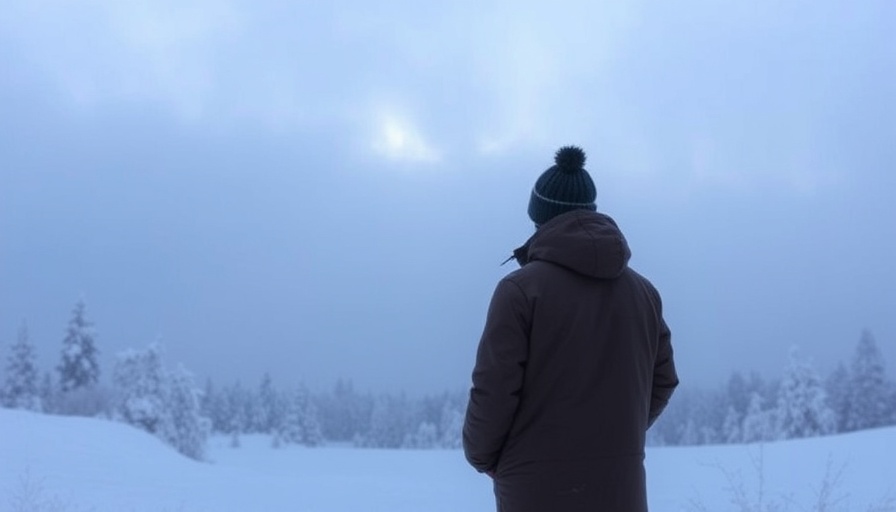
Understanding Visual Snow Syndrome: A Hidden Challenge
For the nearly 2% of the population affected by visual snow syndrome, daily life can feel like an ongoing battle against an unseen enemy. This condition is characterized by persistent visual disturbances, often described as seeing through static or constant flickering lights. Isobel Macmillan-Scott bravely shared her journey navigating this perplexing syndrome, highlighting how her vibrant life as a food stylist was overshadowed by this unexpected diagnosis.
The Emotional Impact: A Mixed Bag of Validation and Isolation
Isobel’s experience is not just about the condition itself but also about the emotional toll it carries. The moment she received her diagnosis was bittersweet; while it validated her feelings of distress, it also came with the crushing realization that there was no cure. For many, the lack of widespread awareness can lead to feelings of isolation, as they grapple with symptoms that can often be dismissed or misdiagnosed. Isobel writes, "The diagnosis was validating, but crushing." This sentiment reflects the dual nature of living with a rarely understood syndrome.
Daily Life Adjustments: Finding Balance
Adjusting to life with visual snow means making significant changes to cope with new challenges. Isobel mentions experiencing severe light sensitivity, which affects many daily activities. To combat this, individuals might consider making modifications like wearing specialized sunglasses or adjusting lighting in their homes. Resources that cater to sustainable living and health can provide insights into creating a safer environment.
Exploring Treatment Options: A Path Without Certainty
With no known cure for visual snow syndrome, exploring treatment options can be daunting. For Isobel, a neurologist suggested epilepsy medication, but without a guaranteed improvement, she chose to forgo it. Similar to many alternative therapies, the effectiveness of various approaches can be inconsistent, leading patients to navigate a maze of potential solutions. This serves as a reminder of the importance of ongoing conversations with healthcare providers and exploring community health and wellness resources.
Community Support: A Lifeline for Patients
As Isobel finds ways to cope with her health challenges, the importance of community support becomes evident. Online forums and local health and wellness events can serve as valuable platforms for connecting with others who understand the struggles of living with visual snow syndrome. These communities offer not just emotional support but also practical insights and shared experiences that can illuminate pathways to coping strategies.
The Importance of Mental Health Awareness
Living with a debilitating condition can take a toll on mental health. Ignoring the emotional implications often leads to a lack of critical support needed for overall well-being. Addressing this necessity, Isobel’s story underscores the importance of integrating mental health resources into health and wellness discussions. These include therapy, mindfulness practices, and alternative therapies that may provide relief from the psychological stress of chronic conditions.
Final Thoughts: The Journey Towards Healing
Isobel’s narrative serves as a pivotal reminder of resilience and the necessity of understanding more about conditions like visual snow syndrome. As healthcare continues to evolve, ensuring that patients feel heard and validated in their experiences is paramount. Considering the challenges she’s faced can inspire others to seek out support structures and learn about alternative medicine approaches, such as naturopathy or herbal remedies that may provide relief in their wellness journey.
In conclusion, it’s essential to engage in conversations about such conditions and be proactive in seeking resources and support. As the awareness of visual snow syndrome grows, there’s hope for more comprehensive understanding and empathy, fostering an environment where those affected can find not just solace but also community.
Take Action for Your Health
If you or someone you know is facing challenges with visual disturbances or mental health issues, don’t hesitate to reach out for support. Whether it’s through community health and wellness events or engaging with alternative medicine practitioners, taking that first step can lead to valuable insights and improved overall well-being.
 Add Element
Add Element  Add Row
Add Row 



Write A Comment